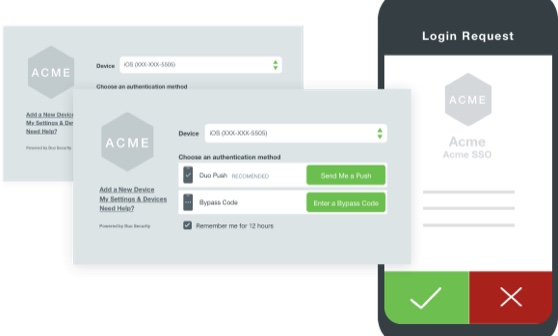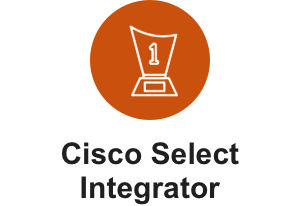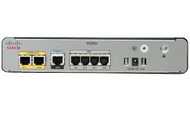

Explore a hybrid workplace with Cisco
We help companies design, configure, deploy, and manage Cisco’s full catalog of networking solutions. Popular products include firewalls, switches, wireless access points, WebEx, DUO, Umbrella, and servers.
Cisco Certified Partner
Working with a Cisco-certified partner has numerous benefits for businesses of all sizes. Hummingbird Networks can help businesses save time and money by streamlining their IT processes and optimizing their network infrastructure.
Cisco
Cisco products offer unparalleled value in enhancing the performance, reliability, and security of your network infrastructure. Cisco's reputation for delivering top-notch customer support and continuous updates ensures that your network remains resilient and protected against emerging threats. The integration of Cisco products into your network not only enhances operational efficiency but also establishes a foundation for future growth, aligning your organization with a trusted and innovative technology partner.
When choosing Hummingbird Networks as your Cisco partner, you gain access to a comprehensive portfolio of cutting-edge networking solutions, value-driven pricing, and a dedicated account manager to help guide you along your journey.

Cisco Security
As the largest network security products company in the world, Cisco leads the way with solutions that are driving the industry in security suites including: secure firewall, endpoint security, email security, mobile device management (MDM) multi-cloud defense, XDR, 2FA, DNS security, SASE, analytics, telemetry, and much more. Secure your users on and off the network with Cisco.
Learn MoreWebex by Cisco
Keep your organization moving forward with seamless collaboration no matter where employees are located. Organizations are now seeking stronger employee engagement and customer experiences that enable higher levels of productivity and business agility. Effective collaboration helps organizations work smarter.
Everything you need to get the job done is in one suite- Webex. All built on a secure and trusted platform.

Hear What Our Customers Are Saying

Looking for Financing/Leasing Options?
Check out our leasing page or contact us directly for more information.
Reliable & Secure Networking with Cisco
Cisco’s security suites delivered in the cloud paired with full stack observability help lead business stop attackers – all starting with zero trust. Re-think security. You can now strengthen your security while simplifying it. Cisco believes that if it’s connected, you’re protected. As a Certified Cisco Security partner, you can trust us to create a seamless experience, and improve your ROI. Give us a try and let us help you create a network you will love…and hackers won’t.

Articles & Resources

Comparison of the Different Cisco Umbrella Packages
Networking and enterprise security are currently facing weighty transformations. The surge in remote working models and wide…
Read More
Protect Sensitive Data With Cisco Duo
Cybersecurity is a serious cyberspace concern, which significantly limits the increasing adoption of remote working…
Read More
Top 5 Things to Consider When Purchasing Cisco Refurbished Equipment
When a product is as popular as Cisco, and as relatively high-priced, it ensures there's going to be a lot of trade in secondhand…
Read More
Why Buy From an Authorized Meraki Reseller?
Over the past months, we’ve seen backorder issues and supply troubles for Meraki’s most popular offerings. The issue affects produc…
Read More









__87623.original.png)

__19107.original.png)


































